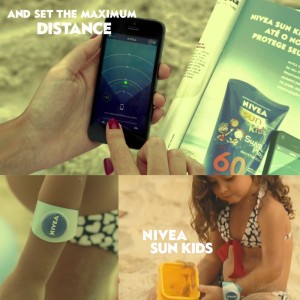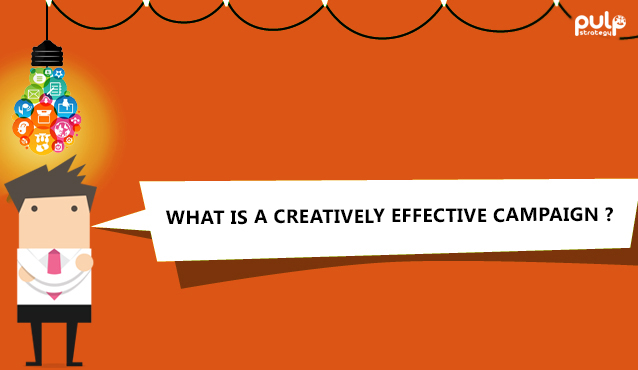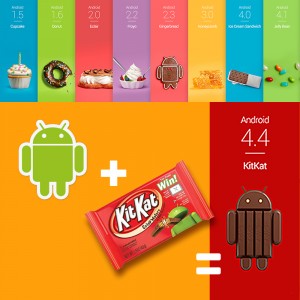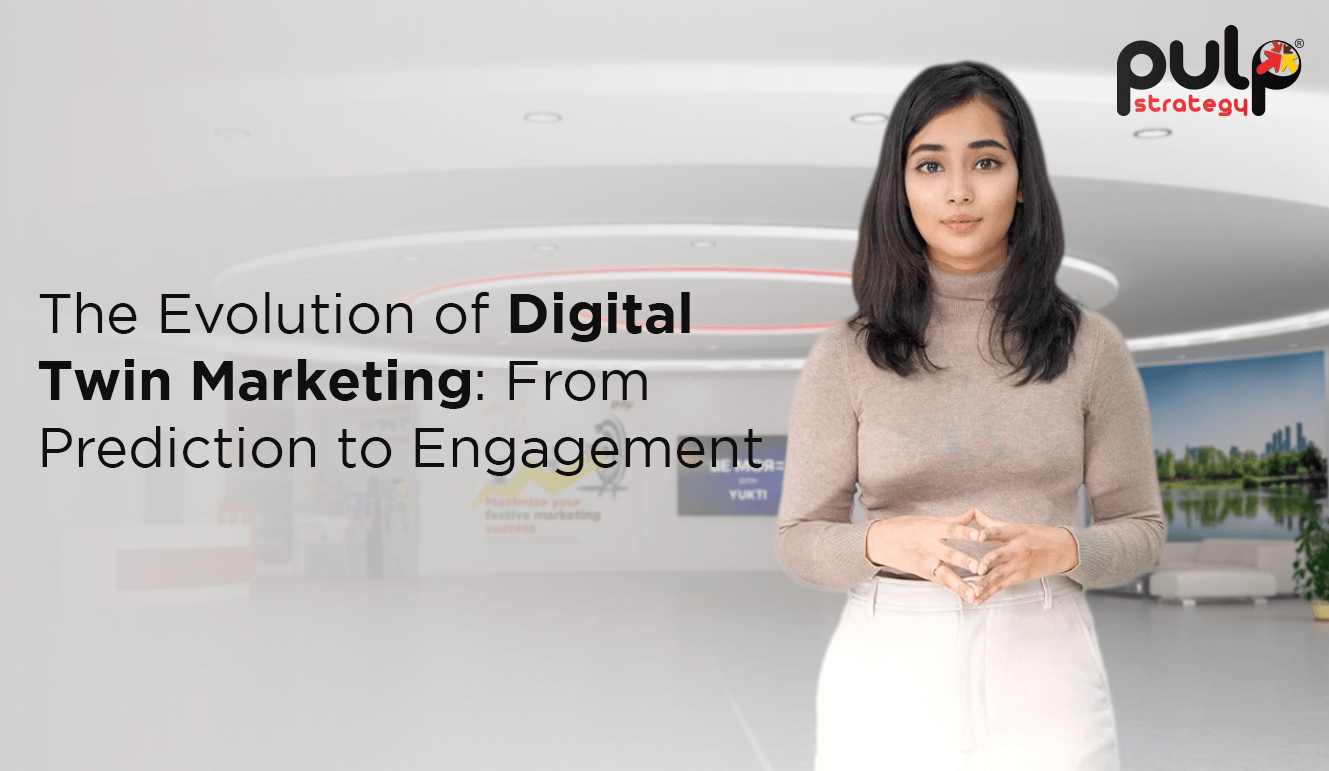The digital era has changed the way people consume content and with mobile marketing catching up fast, brands and businesses have multiple channels to explore for communicating with the consumers. This has primarily made ‘being creative’ an important part of campaigns, initiatives and communication to break the clutter and stand out. But being creative alone won’t help, the campaign and communication needs to be effective as well.
A creative and effective campaign is an outcome of marketers’ understanding of their target audience. Marketers’ level of understanding helps retailers expand their knowledge of the buying behaviour and specific needs of the buyers. This ultimately helps the marketers to be more personalised in their approach and contextual while engaging with their consumers during the purchase journey and after-sales as well.
Knowing your target audience gives marketers a fair idea about how to reach their consumers. This understanding also extends to the digital arena wherein marketers create extensive buckets to target and reach their audience effectively. These buckets include:
Product demand generation, wherein demand for product is generated. Marketers study the market and proficiently project the sales of their product and promote the same accordingly, to gain ROI by increasing the sale. This is more or less direct marketing of their product using the digital medium.
Driving traffic to the store is also a prime motive of marketers with brick and mortar store, especially if they don’t have an online store. This is also a direct marketing effort where regular store updates, their location and convenience to reach the store are prompted and highlighted time and again.
Brand salience and awareness is another important aspect on every marketer’s agenda. It is important to register the brand in the mind of the potential prospects to slowly convert them to actual consumers. Hence, talking about the brand to your digital consumers becomes necessary.
Digital media is more engagement driven. If you cannot engage your audience, you cannot convert them to be your consumers. This makes it imperative to engage your consumers based on their interest that also brings them back to the brand and registers and creates strong brand affinity in their minds.
All this has increased the need for creativity, sharing ideas and campaign success stories using online communities as a valuable source of inspiration for brands and marketers who look forward to improving their current communication premise and message. Effective consumer engagement during the purchase journey enables brands to create a consumer experience that can boost the conversion and online traffic. What brands need to focus on is tracking and measuring the activity continuously to reach the ultimate goals.
In 2013, when Google was planning to release a new version of Android, tech media and fans expected it to be called Key Lime Pie. But Google wanted to surprise and delight consumers and they named it ‘KITKAT Android’. Google also teamed up with KITKAT (the chocolate). Google effectively used the power of visual iconography and social media to launch this new version of android. The name and KITKAT icon were launched with a single Tweet and one Re-Tweet, and social media took over to do the rest. Thereafter, the Android iconography appeared on the KITKAT (chocolate) packaging and KITKAT iconography was placed on pages of Android OS. This campaign earned over 3.13 million YouTube views, 1,935 million online mentions and a startling 4.96 billion Twitter impressions.
The creative communication devised by a few brands is putting pressure on others to invest and strategize a marketing plan that is clutter breaking and caters to the mobile audience as well. Since more and more customers are embracing mobile retail and m-commerce, customers are expected to shop, pay and interact with their brands via mobile devices.

In 2014, Nivea released an award winning mobile campaign – Nivea Sun Kids, The Protection Ad. The brand went a step ahead to reinforce the idea of protection. They based their idea on the fact that besides protecting their children from the scorching sun on a beach, parents are more concerned about their children getting lost. Hence, they inserted a detachable protector strip that was more like an adjustable bracelet that can be strapped around a child’s arm. The strip was devised to be paired with Nivea’s app that parents could download for free from the app store. The strip was activated when the number code on it was fed into the app and the parent could set the distance to which the child is allowed to go. The app would beep and alert parents if the child breached the conditions mentioned.
The campaign was a success because it went beyond the marketing norms and gave parents a sense of direct connect because safety of a child is an important area of concern. The campaign is a creative, fun and fresh example as it subtly implants the message ‘we care for you and we need you’. The campaign also reflected that Nivea knows its consumers in and out and has been able to use it very well. They have been able to look beyond what their product can offer and have offered what their audience will additionally need and appreciate.
These examples not only highlight the benefits of brands going creative with their digital strategy, but also emphasize on the need for understanding the buying behaviour and specific needs of the consumers. Based on these elements, brands can increase conversion, drive more traffic in-store, improve customer engagement and brand advocacy, while generating higher ROI.






